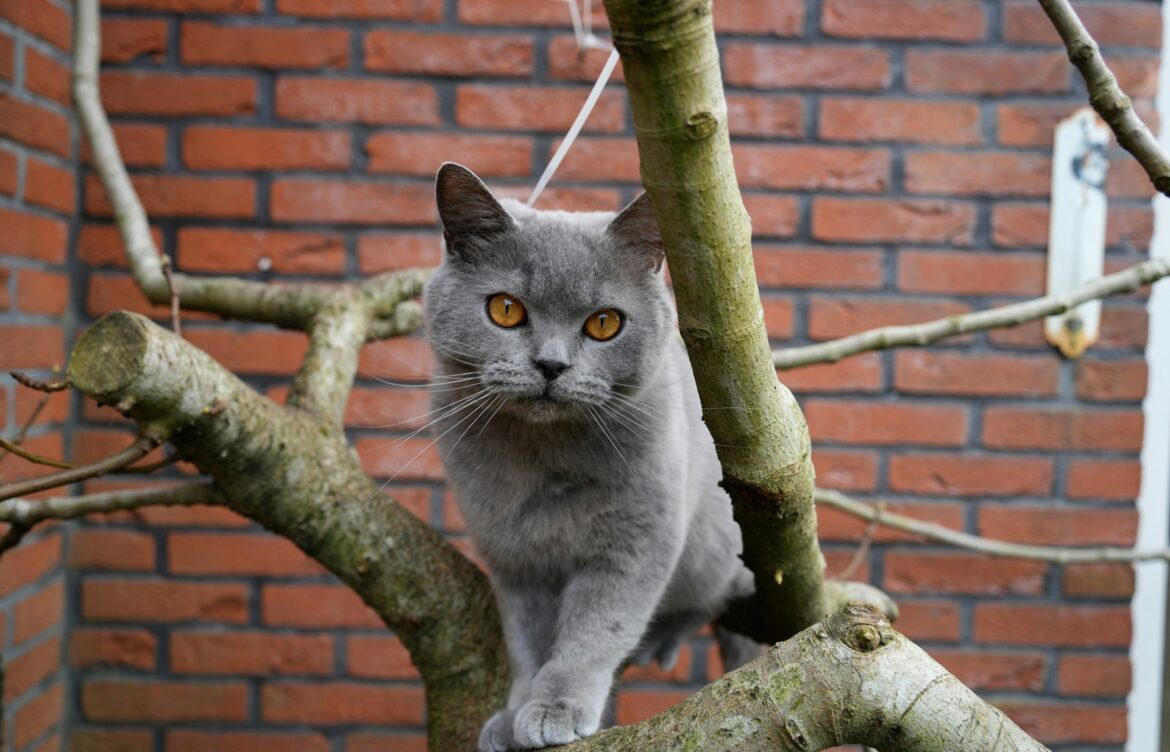
How to Support Cats with Outdoor Fears for a Happy, Safe Life
Understanding and Supporting Cats Who Fear the Outdoors
Welcome to our in-depth look at why some cats, like the Russian Blue Olga, prefer the safety of the indoors over the adventures of the outside world. Through this exploration, we aim to help cat owners understand their pets’ fears and provide them with tools to create a fulfilling indoor environment.
Background: The Case of Olga
Olga’s story is a compelling example of how early experiences can shape a cat’s behavior. Abandoned in a ditch as a kitten, Olga developed a significant fear of the outdoors. Christopher, her owner, notes that despite the lure of birds and wildlife, Olga chooses safety over curiosity. She enjoys observing the world from her window perch but has no desire to venture out.
Identifying Specific Fears in Cats
Olga’s reactions provide insight into her specific fears:
- Birds: She becomes agitated when birds come too close, attacking blinds and pawing at the glass.
- Noises: Sounds like helicopters and garbage trucks trigger more anxiety in Olga than other noises, signaling a sensitivity to certain auditory stimuli.
- Potential Predators: The presence of small creatures like anoles may also contribute to her hesitance to explore outdoors.
Creating a Nurturing Indoor Environment
Despite her fear, Olga leads a content and active life indoors. She engages in physical activities like running laps and playing fetch, showing that an indoor environment can sufficiently satisfy a cat’s physical exercise needs. Russian Blues like Olga often thrive in stable, peaceful settings where their interactions are predictable.
Comparing Indoor and Outdoor Life for Cats
While some argue that outdoor cats benefit from more freedom and possibly less obesity risk, the dangers they face, such as traffic and predators, can be substantial. For cats like Olga, an indoor lifestyle is not only preferable but necessary for their sense of security and well-being.
How Cat Owners Can Help
Understanding and adapting to your cat’s preferences and fears is crucial:
- Assess Fears: Pay attention to your cat’s reactions and try to understand what might be causing fear or anxiety. Consulting with a veterinarian or a feline behavior specialist can provide valuable insights.
- Secure and Enrich the Indoor Environment: Cat-proofing your home and offering lots of stimulating activities like toys, scratching posts, and climbing trees can keep your indoor cat healthy and entertained.
- Mimic Outdoor Elements: For tactile stimulation, consider a catio or safe plants inside the house that can give your pet a taste of the outdoors without the associated risks.
Olga’s case highlights the importance of recognizing and accommodating the individual needs of each cat. By creating a safe, engaging, and comfortable indoor environment, we can ensure that even the most fearful felines live happy, healthy lives.
If you’re noticing persistent patterns of fear or anxiety in your cat that you’re struggling to manage, it might be time to consult with a professional. They can provide tailored advice and support to help your pet overcome their fears.
